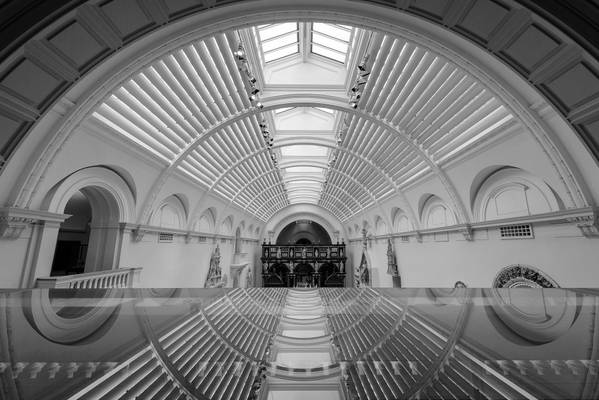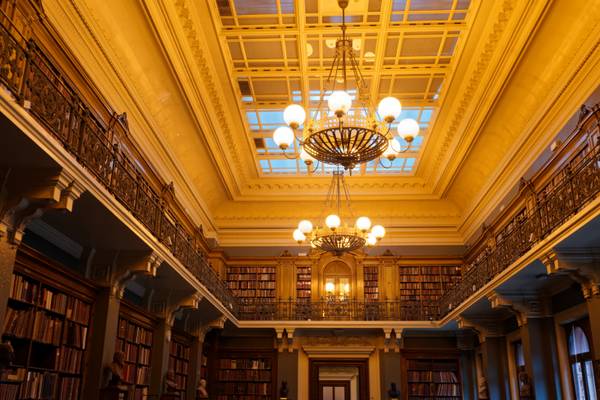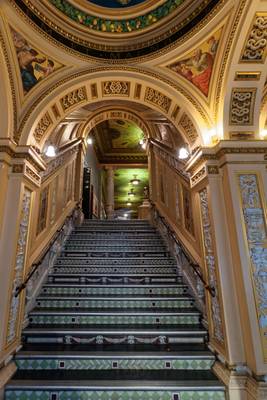Victoria and Albert Museum

1
It's absolutely ages since I've done any meaningful architechtural shots as I've been so busy it's easy to overlook my other favourite genre.
A day off last week saw me head down to London for a full days shooting, the weather had looked to be poor but the beauty of shooting in London is it really doesn't matter as you just switch to indoor locations, and there are so many you could have a week and still not get round them all.
I've come away from this day with a few images I'm really happy with, some from new locations, some I've shot in the past, this being one of my favourites, the light in here is gorgeous during the day but can pose a bit of a challenge with the dynamic range in the scene. I took the D750 for this shoot as the rear flip out screen is an absolute godsend for this type of photography, and allows you to frame up subjects from really unusual angles without having to lie on the floor and get covered in someone eklses chewing gum... something you only do once !

0
The Victoria and Albert Museum in London is the world's largest museum of applied and decorative arts and design, as well as sculpture, housing a permanent collection of over 2.27 million objects. It was founded in 1852 and named after Queen Victoria and Prince Albert.

0
When it came to the fabric of the building, the Museum's first Director, Henry Cole, placed particular importance on the use of ceramics. From the terracotta architectural decoration outside to the tiling and sculpture inside, the use of ceramics throughout the building was chosen to demonstrate the material's versatility and provide a rich backdrop for the objects on display. One of the founding aims of the South Kensington Museum, as the V&A was first called, was to promote knowledge of both traditional and emerging forms of art, craft and design. The Ceramic Staircase, built between 1865 and 1871, perfectly embodies Cole's mission. The staircase was designed by Francis Wollaston Moody, a member of staff in the Museum's design studio and a lecturer in the adjoining School of Art. Moody was influenced by Godfrey Sykes, (the first decorative designer at the Museum), in his choice of elaborate ceramic tiling and sculpture which was intended to entice visitors up the main staircase, from the Refreshment Rooms below to the Ceramic Gallery on the floor above.

0
I've been a bit busy with work of late so not had much camera time as a result...
Last week I was focus plotting a show of mine in London, so as I...
